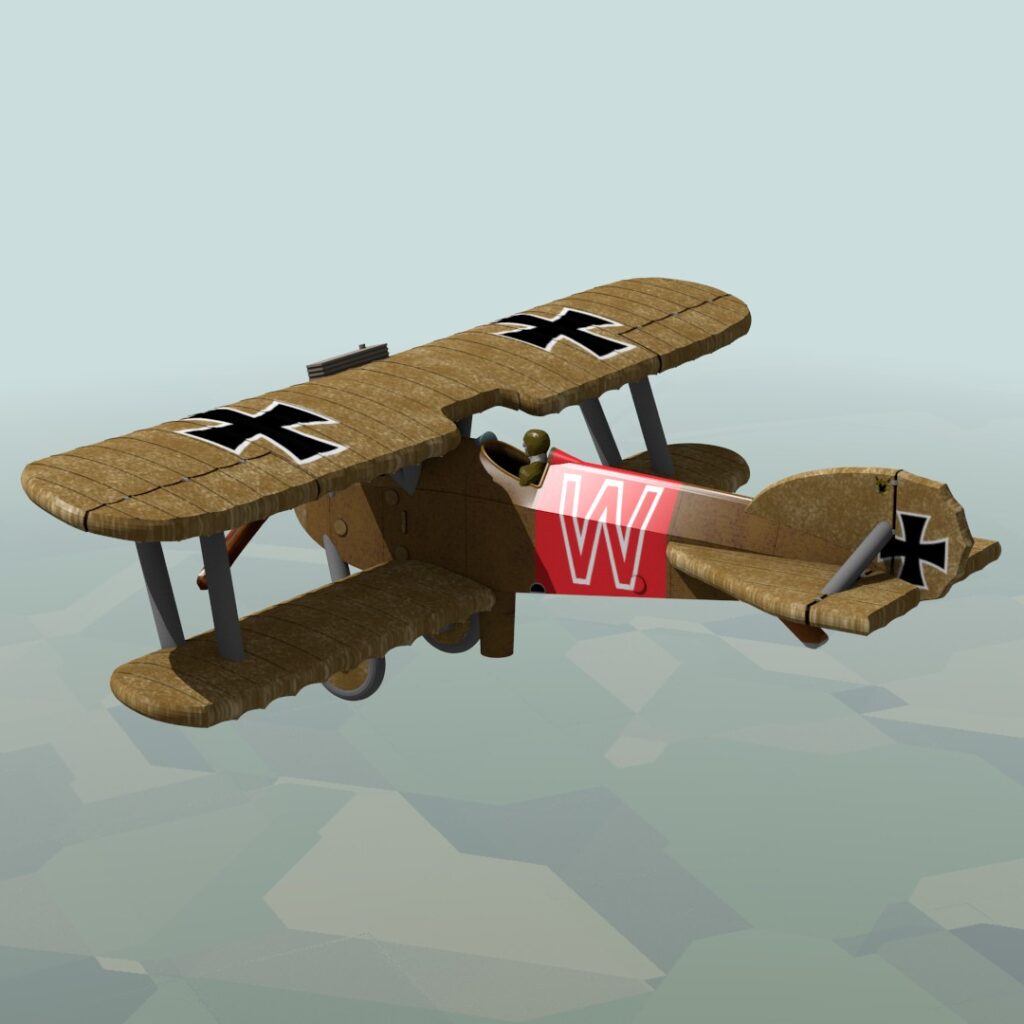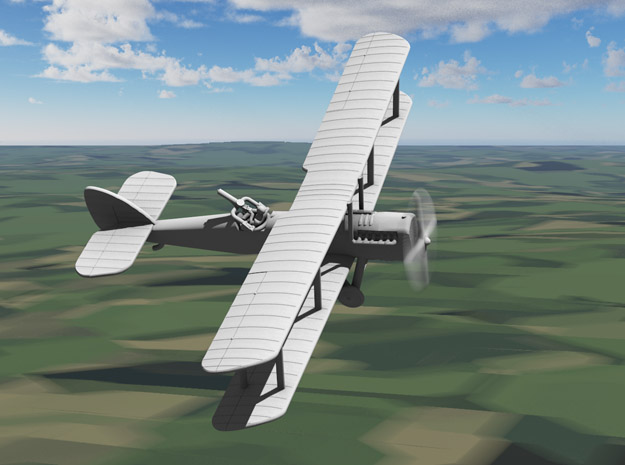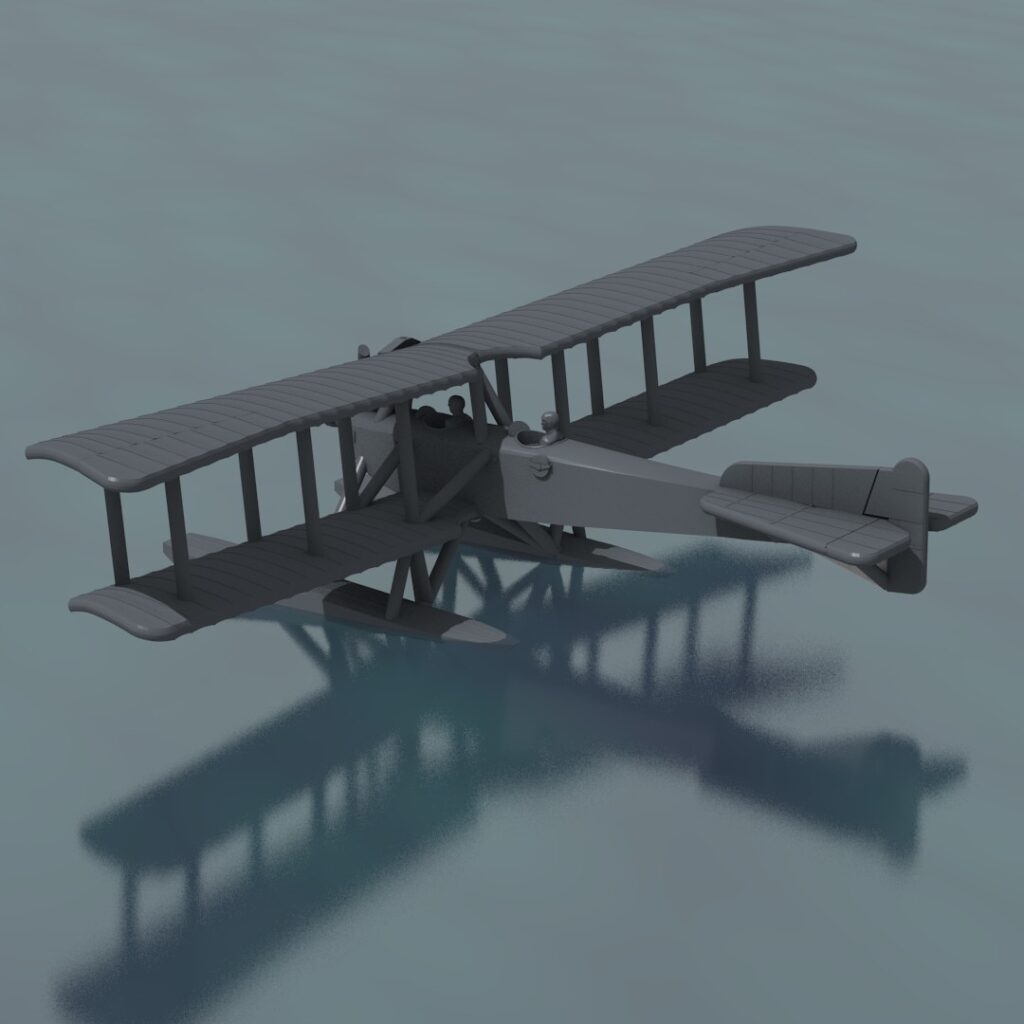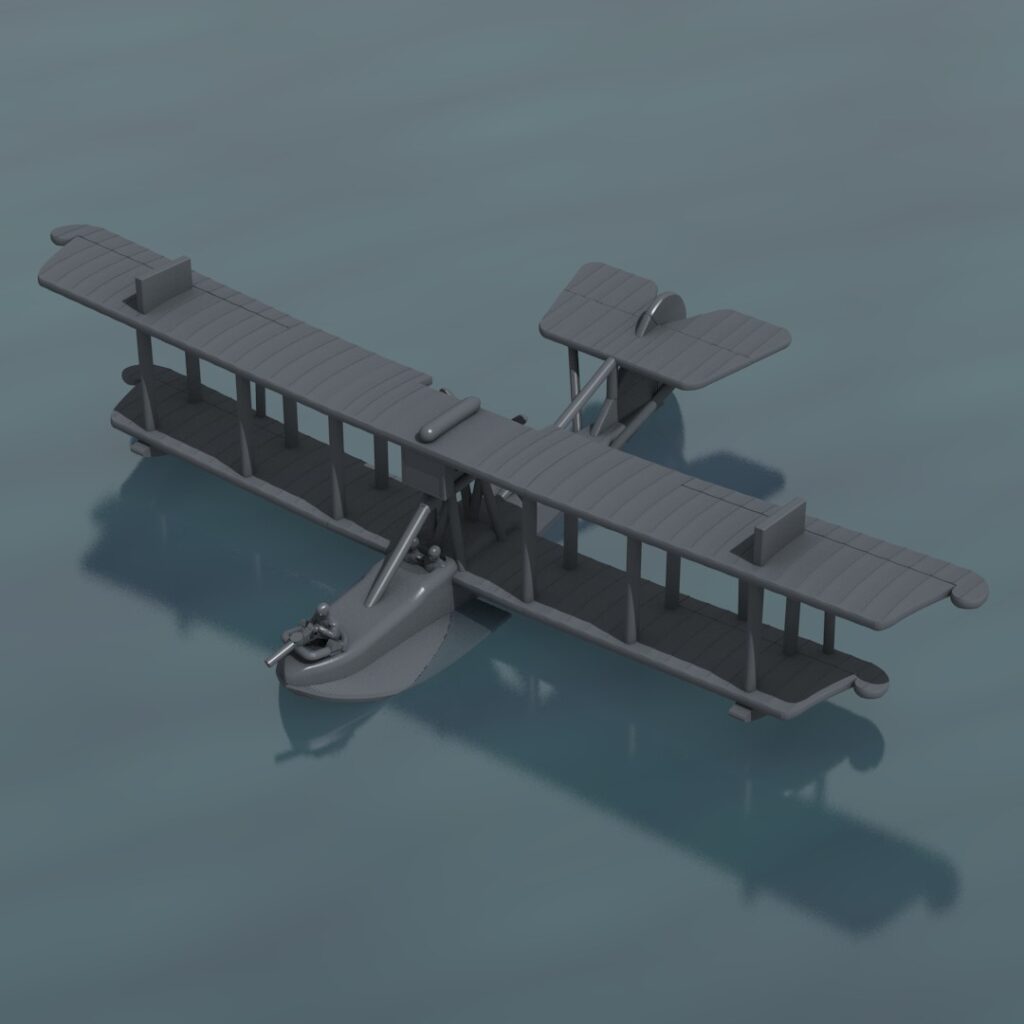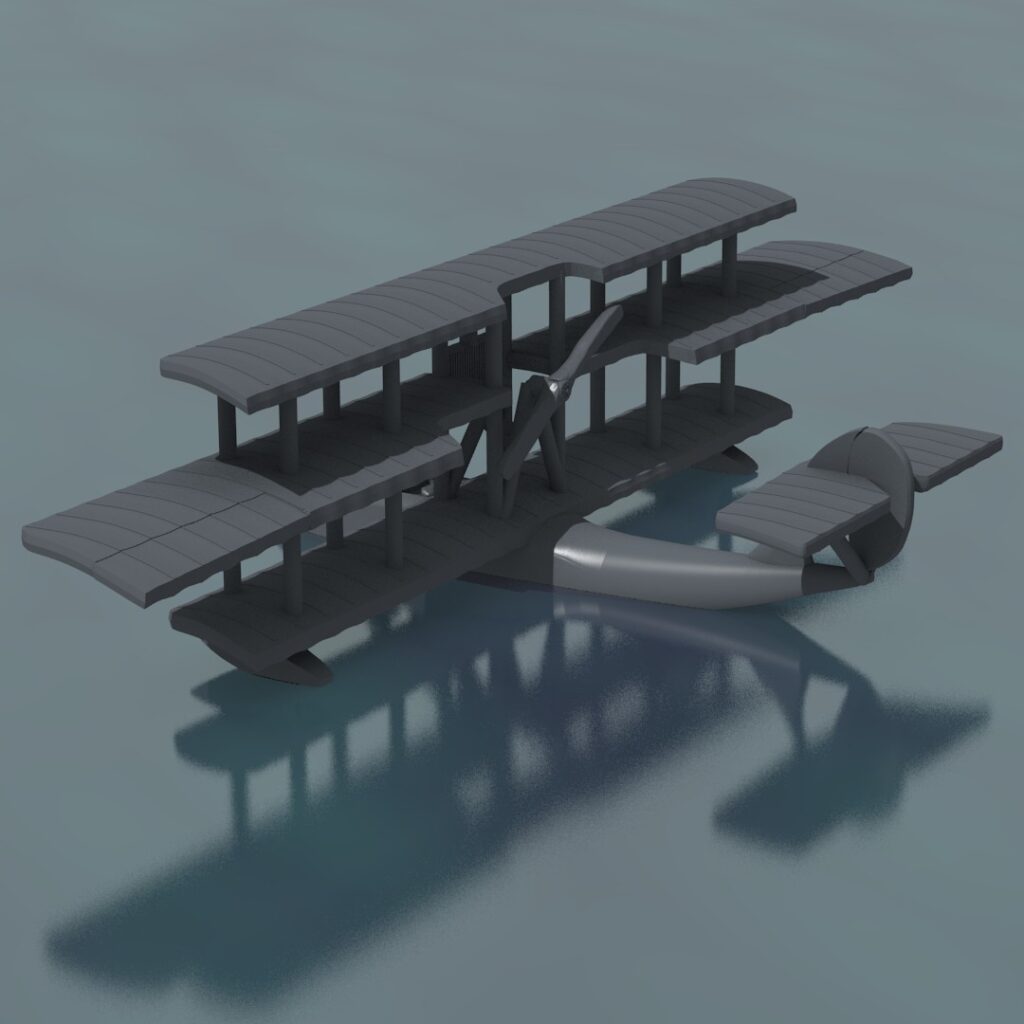Orders for the Phönix D.I arrived in March 1917, but it wasn’t until October that the first batch was accepted, and the planes trickled in all the way through May of 1918. There were three series built, Series 128, 228, and 328, differentiated mainly by the manufacturer of the 200hp Hiero engine. The machine guns were mounted well-forward and unfortunately out of reach in case of a jam. Flight reports said it was faster than an Albatros D.III(Oef) and better in flight than the Aviatik D.I. Reaching the front in Winter/Spring 1917-18, it flew with at least eleven Fliks.
Forty D.I series 128 were sent to the K.u.K Naval Air Service to defend Trieste and Pola in 1918, where they were renumbered J.1-40 and brightly repainted, usually fighting Italian flying boats and bombers. Reportedly they were fast and climbed better than a Camel, but they were a little too stable.
Three new full-color 1:144 Phönix D.I miniatures and one paintable miniature are now available at Great War Planes by Reduced Aircraft Factory.
